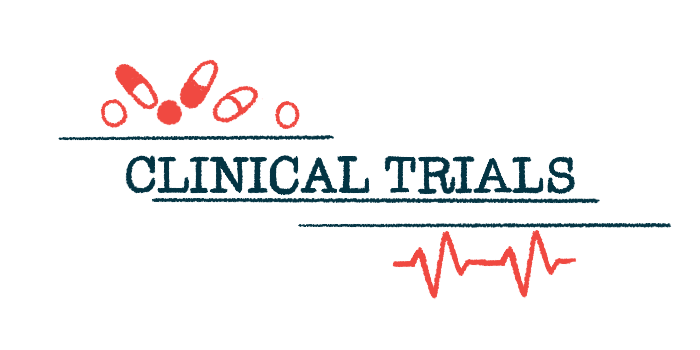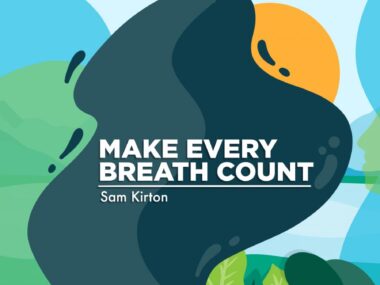ENV-101 shown to improve lung function in early IPF trial
Oral therapy improved breathing measures, was well tolerated
Written by |

Treatment with Endeavor Biomedicines’ experimental oral therapy taladegib (ENV-101) improved lung function in people with idiopathic pulmonary fibrosis (IPF) in a Phase 2a clinical trial, newly published results show.
“IPF has devastating effects on lung function, yet patients with this disease lack effective therapeutic options. Our Phase 2a trial data suggest that taladegib can significantly improve lung function and lung capacity above baseline, and reverse key measures of fibrosis,” John Hood, PhD, co-founder, CEO and chairman of Endeavor, said in a company press release.
Based on the Phase 2 results, the European Medicines Agency (EMA) has granted priority medicines (PRIME) designation to taladegib as a potential treatment for IPF. PRIME status is reserved for therapies that could offer substantial improvements over existing options and helps speed their development. It also allows Endeavor to have more regular communication with the EMA throughout the development process.
Data highlight potential new path for treatment
This new designation follows earlier orphan-drug designations from both the EMA and the U.S. Food and Drug Administration, which provide financial incentives to encourage development of rare-disease treatments.
“Receiving EMA’s PRIME designation recognizes the potential of taladegib to transform the lives of people living with IPF,” Hood said. “We are committed to working closely with the EMA and regulatory agencies across the world to bring this promising therapy to patients as quickly as possible.”
IPF is marked by fibrosis (scarring) and inflammation in the lungs, leading to symptoms like shortness of breath and coughing. There are treatments that can slow disease progression, but they do not generally improve lung function.
Taladegib is designed to inhibit the Hedgehog pathway, a molecular signaling cascade that’s involved in wound healing. Overactivity of this pathway is thought to help drive the production of scar tissue in IPF. The pathway’s name comes from early genetics studies in fruit flies, where researchers found that disrupting it gave the insects a spiky, “hedgehog-like” appearance.
In a Phase 2a proof-of-concept clinical trial (NCT04968574), 41 adults with IPF were randomly assigned to take ENV-101 or a placebo daily for 12 weeks. All participants were 40 or older and were not taking other IPF treatments.
Findings from the study were recently published in The Lancet Respiratory Medicine in a paper titled, “Taladegib for the treatment of idiopathic pulmonary fibrosis (ENV-IPF-101): a multicentre, randomised, double-blind, placebo-controlled, phase 2a trial.”
Receiving EMA’s PRIME designation recognizes the potential of taladegib to transform the lives of people living with IPF.
The study’s main goal was to assess safety. Secondary efficacy metrics included how ENV-101 treatment affected percent predicted forced vital capacity (ppFVC), a measure of lung function based on how much air someone can blow out in one forceful breath.
Results showed the therapy was overall well tolerated. No serious side effects were reported. The most common side effects were hair loss, muscle spasms, and dysgeusia — a change in taste that can make food seem metallic or bitter.
In the placebo group, ppFVC declined by a mean of 1.3% over the course of the trial. This is consistent with the typical course of IPF, where lung function gradually worsens. But in patients taking ENV-101, mean ppFVC improved by 1.9%. A difference between the ENV-101 and placebo groups was evident within six weeks of starting treatment.
These preliminary findings “support further investigation in a phase 2b trial in patients with IPF,” the researchers concluded.
A follow-up Phase 2b study, called WHISTLE-PF (NCT06422884), is already underway. Dosing began late last year, and the trial is actively recruiting participants at sites in multiple countries worldwide. It is open to adults with IPF, ages 40 and older, who are either not receiving treatment or have been on stable treatment for at least three months. Participants will be randomly assigned to take one of three doses of ENV-101 or a placebo daily. The main goal is to evaluate the effect of treatment on a measure of lung function after about six months.







